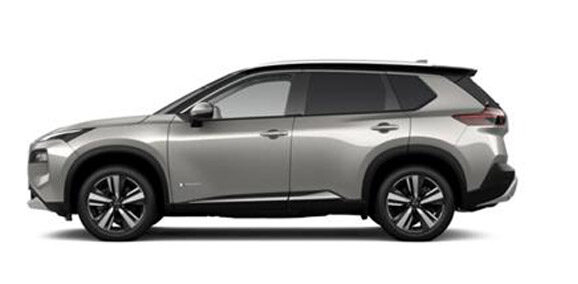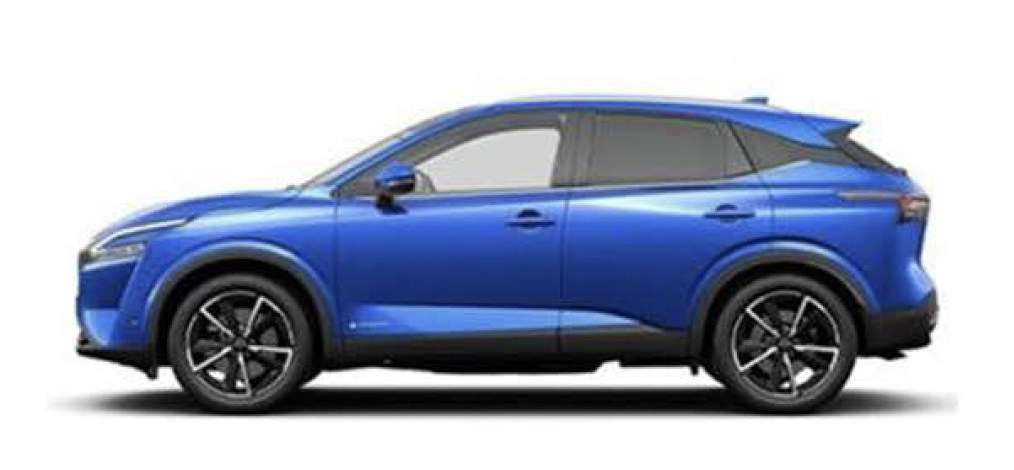How would you like to keep using fuel but enjoy a responsive EV-like driving experience? The Nissan e-POWER uses a petrol engine to charge the battery when the vehicle needs it, and the electric motor alone powers the wheels. In addition, e-POWER uses regenerative braking to help keep the battery topped up. The end result? The e-POWER delivers a smooth, quiet and responsive driving experience without the need to plug in, as it recharges on the go!
| e-POWER | CONVENTIONAL HYBRID | 100% ELECTRIC | |
|---|---|---|---|
| How it works? | A combination of petrol engine which charges the battery and an electric motor that turns wheels | Powered by a combination of petrol engine and an electric motor | Entirely powered by an electric motor using a battery |
| What drives the wheels? |
Electric motor | Petrol engine, electric motor or both | Electric motor |
| How is the battery charged? |
Charges while driving by the combustion engine and regenerative braking |
Charges while driving by the combustion engine and regenerative braking | Must be plugged in to charge |
| Does it need petrol? | Yes | Yes | No |
| What is the driving experience? |
Instant torque and a silent drive | Instant torque and a quieter drive | Instant torque and a silent drive |

Nissan X-TRAIL e-POWER Ti-L

Nissan QASHQAI e-POWER Ti
All Your Questions Answered
Interested in driving this car? Contact us at Everything Fleet to find out more on 131 381 to chat about renting, subscription or leasing options available.
Images: nissan.com.au


